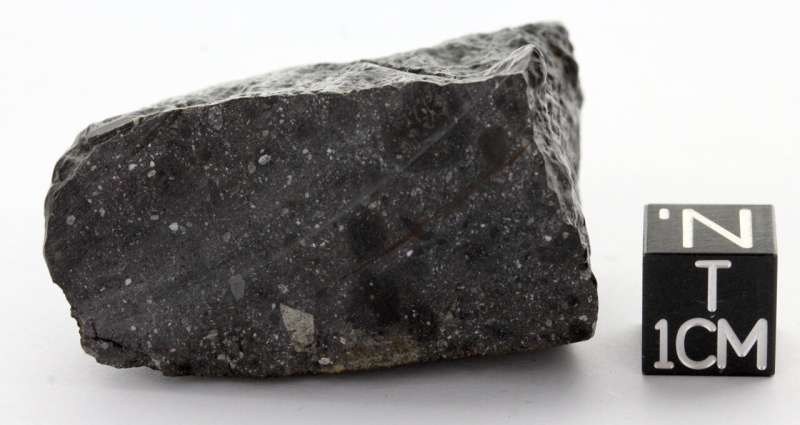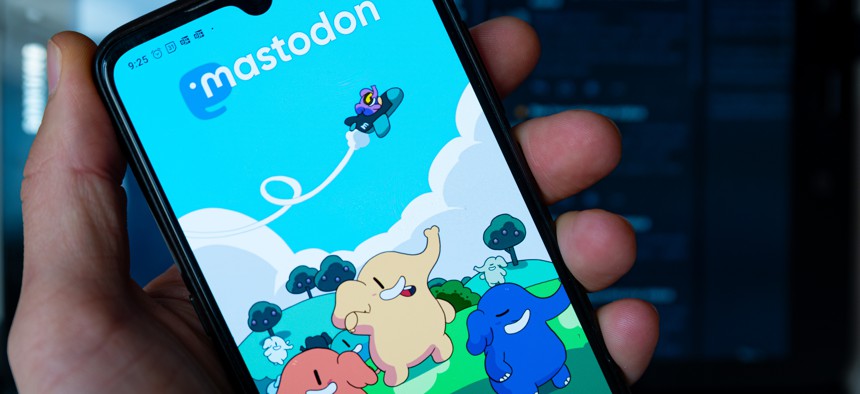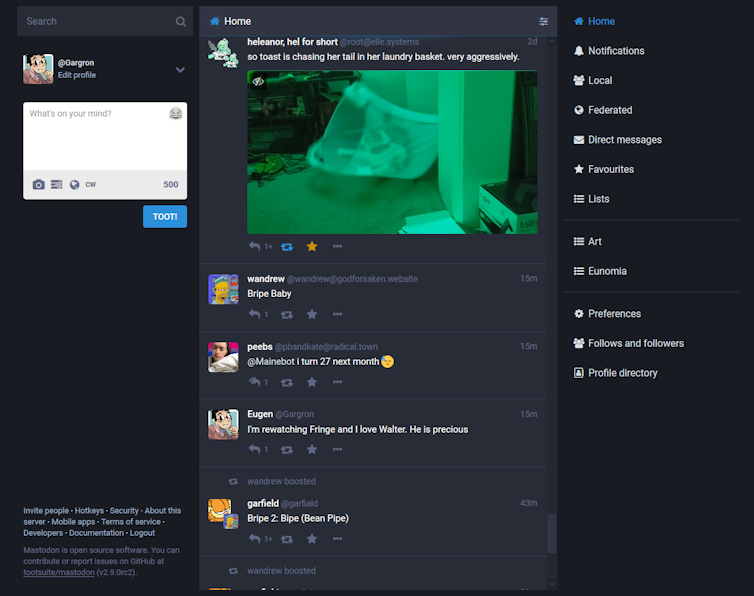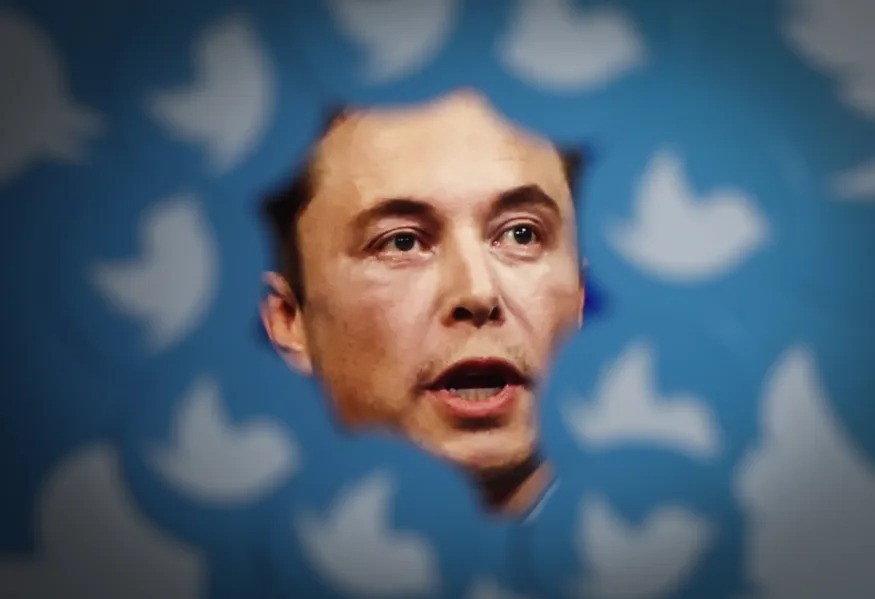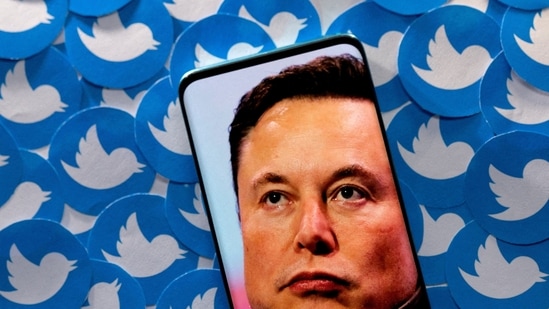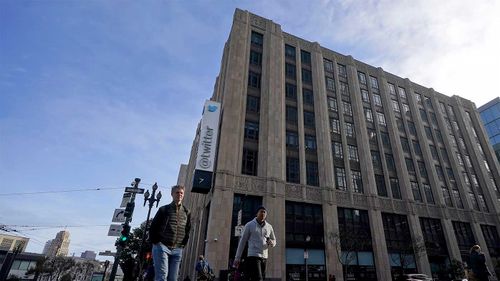NOVEMBER 17, 2022 MARC KAUFMAN

Mars was bombarded by water and carbon-rich asteroids in its infancy, delivering oceans of water and organic compounds needed for life. (Detlev Vans Ravenswaay/Science Source)
Mars looks largely desiccated today,but long ago it had oceans full of water delivered by asteroids during the Late Heavy Bombardment period, new research reports
During that tumultuous time solar system history some 4.1 to 3.8 billion years ago, an intense barrage of primordial asteroids called chondrites crashed into Mars.
Using a measure called a global equivalent layer (GEL), the findings conclude that if all the water from the chondrites was in liquid form and was resting on the planet’s surface and not tied up within the crust or polar ice, it would fill a global ocean roughly 300 meters (almost 1,000 feet) deep.
What’s more, said Martin Bizzarro of the University of Copenhagen’s Centre for Star and Planet Formation and a co-author of the new paper, “our study is the first to firmly establish that organic molecules relevant for life must have been present in the early evolution of the planet together with water.”
This is because carbon-containing chondrites carried prebiotic elements essential to life.
That asteroids brought water (and organics) to Mars and other planets during the Bombardment is not new. But to quantify the amount and find such a huge delivery of water could change some of the long-running debate about early Mars and water.

A specimen of the Murchison meteorite specimen at the National Museum of Natural History in Washington. Among the most studied meteorites in the world, it is a carbonaceous chondrite from Mars that landed as a meteorite in Australia in 1969. It contains about 12 percent water and is the kind of broken-apart asteroid originally from the outer solar system could have delivered massive amounts of water to Mars, and Earth as well. (Wikipedia Commons)
As described in the new paper in Science Advances, the consensus view on Mars water has been that much of it came from outgassing from the planet’s mantle as it cooled and while the crust was forming.
But lead author Ke Zhu of the Université de Paris, Institut de Physique du Globe de Paris and colleagues report that a substantial amount of water came instead from the carbonaceous chondrites from the outer Solar System. Chondrites are primordial asteroids and generally contain water. Asteroids from the inner solar system are generally water-poor because their proximity to the Sun leads to a significant drying out.
Zhu and his colleagues came to their conclusion after studying fragments catapulted from the surface of Mars after asteroid strikes which then made their way to Earth as meteorites.
The researchers studied 31 of them, looking most specifically for chromium isotopic fingerprints. Chromium-54 does not occur naturally on Mars and so its presence in crust samples from Mars indicates that the surface had been struck by material from somewhere else.
The researchers found enough of the material to estimate how many of the meteorites had crashed into Mars. And that, they note, allowed them to estimate how much water was carried to the planet, as well.
If the chondrites were only 10 percent water, they wrote, the rocks still would have transported enough water to equate to more than 1,000-feet global equivalent on Mars.
According to a release with the paper, the potential source of water from asteroids was poorly constrained prior to this work and the plausible volume of water delivered to early Mars was essentially unknown,
The paper is the work of scientists from the University of Copenhagen’s Center for Star and Planet Formation, working with colleagues from Université de Paris, ETH Zürich and the University of Bern.

A paper published in October presented evidence of a roughly 3.5-billion-year-old shoreline with substantial sedimentary accumulation, at least 900 m thick, that covered hundreds of thousands of square kilometers. The authors described it as evidence of a northern ocean. (Benjamin Cardenas / Penn State.)
The findings about the potentially huge amount of water that was delivered to Mars via asteroid inevitably brings up questions about the existence of the much-debated “northern ocean.”
The northern half of Mars is substantially lower than the southern highlands and that has led to many theories about how and when the north was covered with oceanic water.
The debate goes back and forth, and most recently a team from Penn State published a paper in Journal of Geophysical Research: Planets used topographical data made available from Mars orbiting satellites to argue in favor of the ocean.
They wrote that they had found a substantial shoreline at the intersection of the northern lowlands and the southern highlands, and argued that it had been formed when a northern ocean was present. The research team was able to show definitive evidence of a roughly 3.5-billion-year-old shoreline with substantial sedimentary accumulation, at least 3,000 feetthick, that covered hundreds of thousands of square miles.
“Based on these findings, we know there had to have been a period when it was warm enough and the atmosphere was thick enough to support this much liquid water at one time,” said Benjamin Cardenas, assistant professor of geosciences at Penn State and lead author on the study
“What immediately comes to mind as one the most significant points here is that the existence of an ocean of this size means a higher potential for life,” he said.
I asked Martin Bizzarro if his team’s findings of 1,000 global equivalent of water on early Mars from asteroids added to the northern ocean debate and he wrote that the 1,000 feet “is just a means of reporting the amount of water on Mars.” And yes, “it could represent a deeper ocean restricted to the northern hemisphere.”

The Kuiper Belt extends outward from the orbit of Neptune. The region is vast and is where many comets form as well as “outer solar system” asteroid with water ice or hydrated minerals in them. {NASA and A. Feild (STScI)}
The Late Heavy Bombardment is a theory and, although widely accepted, remains difficult to prove conclusively.
It is generally though to have been caused by migrations of the solar system’s largest planets, Jupiter and Saturn, and resulting orbital changes in millions and millions of asteroids and comets from the outer solar system.
Evidence for the Late Heavy Bombardment comes importantly from rock samples of Moon craters brought back by the Apollo astronauts. Isotopic dating showed that the rocks were last molten during impact events in a rather narrow interval of time — 4.1 to 3.8 billion years ago — suggesting that a large proportion of craters were formed during this period.
What is called the Nice model, popular among planetary scientists, postulates that the giant planets underwent orbital migration during that time, scattering objects from the asteroid belt, Kuiper belt, or both, into eccentric orbits, and into the path of the terrestrial planets.
The main piece of evidence for a lunar cataclysm comes from the radiometric ages of impact melt rocks collected on the moon. The majority of these impact melts are thought to have formed during the collision of asteroids or comets tens of miles across, forming impact craters hundreds of miles in diameter. The Apollo 15, 16, and 17 landing sites were chosen because of their proximity to basins thought to have concentrations of these ancient melt rocks.
The apparent clustering of ages of these impact melts, between about 3.8 and 4.1 Ga, led to to the hypothesis that the ages record an intense bombardment of the moon, and by extension other inner solar systems planets and moons.
While the same water-carrying asteroids landed on Earth, Mars, Venus and the moon, only Earth has had a thick atmosphere protected by a strong magnetic field that kept the water and its components from escaping into the atmosphere.
Following this line of thinking, early Mars could have had oceans because of its thicker atmosphere then but eventually it lost much of its water into space as the atmosphere and magnetic field dissipated. And since the moon has never had more than a very thin atmosphere, it never had oceans of water at all.

Marc Kaufman( Creator and Writer )
Marc Kaufman is the author of two books about space: “Mars Up Close: Inside the Curiosity Mission” and “First Contact: Scientific Breakthroughs in the Search for Life Beyond Earth.” He is also an experienced journalist, having spent three decades at The Washington Post and The Philadelphia Inquirer. He began writing the column in October 2015, when NASA’s NExSS initiative was in its infancy. While the “Many Worlds” column is supported and informed by NASA’s Astrobiology Program, any opinions expressed are the author’s alone.
Ancient global ocean on Mars may have come from carbon-rich chondrite meteorites from the outer solar system
A team of researchers at the University of Copenhagen's Center for Star and Planet Formation, working with colleagues from Université de Paris, ETH Zürich and the University of Bern, has found evidence suggesting that most of the water that made up an ancient global ocean on Mars came from carbon-rich chondrite meteorites from the outer solar system. The study is published in Science Advances.
Prior research has suggested that at one time, Mars was either mostly or entirely covered by a watery ocean, and that the water came from gases seeping from below the surface and liquifying as they cooled. In this new effort, the researchers suggest the water more likely came from another source—meteorites traveling from the outer solar system.
The researchers came to this conclusion after studying fragments flung from the surface of Mars after asteroid strikes, which made their way to Earth as meteorites. The researchers studied 31 of them, looking most specifically for chromium isotopic fingerprints. Chromium-54 does not occur naturally on Mars; thus, its presence in crust samples from Mars would indicate that the surface had been struck by material from somewhere else.
The researchers found enough of the material to estimate how many of the meteorites had crashed into Mars. And that, they note, allowed them to estimate how much water was carried to the planet, as well.

Prior research has shown that such meteorites are 10% water. That allowed them to calculate how much water was likely delivered to the planet—it was enough to cover the entire surface to a depth of 300 meters. This finding suggests that water-rich asteroids were the main source of water filling Mars' oceans. It also suggests that most of the water on other bodies in the solar system likely came from the outer solar system via meteorites as well.
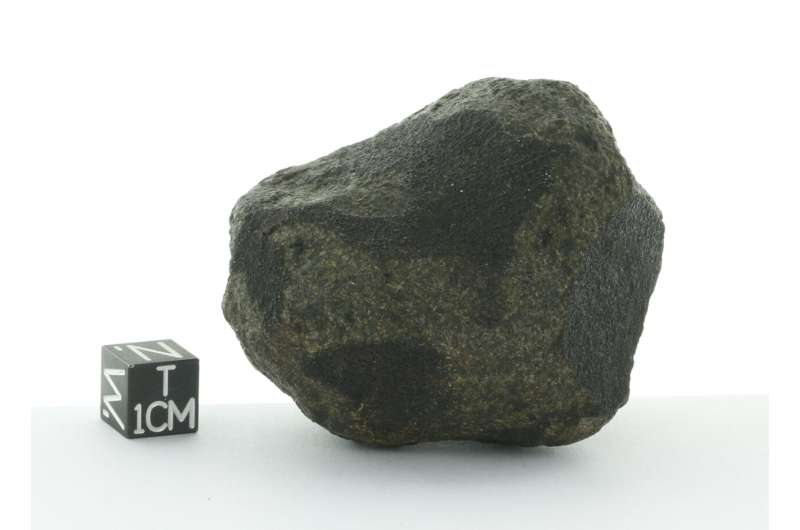
More information: Ke Zhu et al, Late delivery of exotic chromium to the crust of Mars by water-rich carbonaceous asteroids, Science Advances (2022). DOI: 10.1126/sciadv.abp8415
Journal information: Science Advances
© 2022 Science X NetworkNew clues about early atmosphere on Mars suggest a wet planet capable of supporting life
